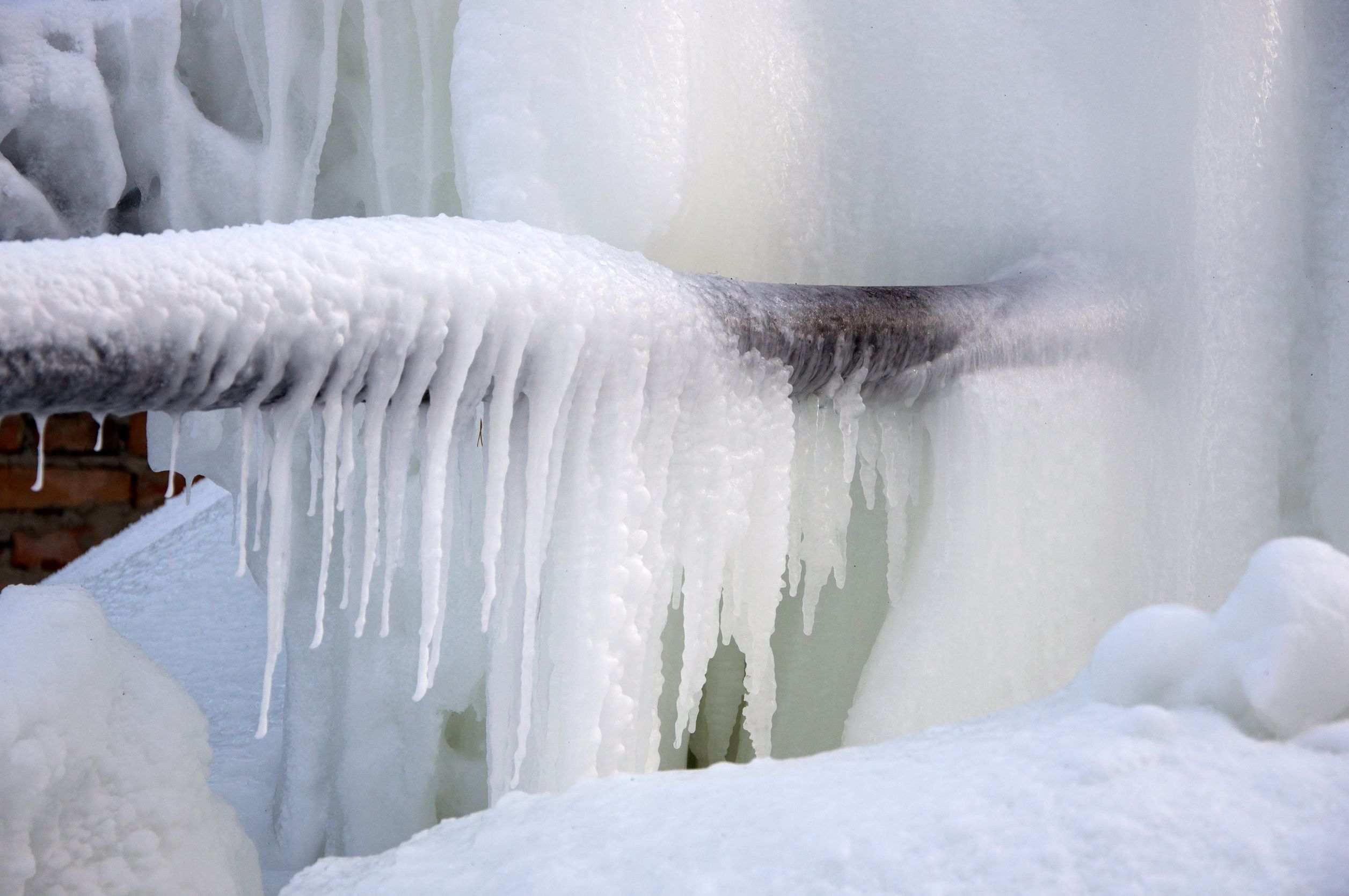What're your opinions with regards to Preventing and dealing with frozen pipes?

Cold weather can ruin your plumbing, particularly by freezing pipes. Here's how to prevent it from occurring and what to do if it does.
Introduction
As temperatures decrease, the threat of icy pipelines increases, potentially bring about costly repair work and water damage. Understanding how to stop icy pipes is essential for property owners in chilly environments.
Recognizing Icy Pipelines
What triggers pipelines to freeze?
Pipelines ice up when subjected to temperature levels below 32 ° F (0 ° C) for prolonged durations. As water inside the pipes freezes, it broadens, taxing the pipe walls and potentially triggering them to rupture.
Dangers and problems
Frozen pipelines can cause water supply disruptions, residential property damages, and costly repair work. Burst pipes can flooding homes and create considerable structural damages.
Signs of Frozen Water Lines
Identifying frozen pipes early can stop them from bursting.
How to recognize icy pipelines
Try to find lowered water circulation from taps, uncommon odors or noises from pipelines, and visible frost on subjected pipes.
Prevention Tips
Protecting vulnerable pipes
Wrap pipelines in insulation sleeves or utilize warmth tape to safeguard them from freezing temperature levels. Focus on pipes in unheated or external areas of the home.
Heating techniques
Maintain interior spaces adequately heated, especially areas with plumbing. Open up cabinet doors to enable warm air to flow around pipelines under sinks.
Shielding Outdoor Pipes
Yard tubes and exterior taps
Separate and drain pipes yard hoses prior to winter. Install frost-proof faucets or cover outside faucets with protected caps.
What to Do If Your Pipes Freeze
Immediate actions to take
If you suspect icy pipelines, maintain faucets open to alleviate stress as the ice thaws. Utilize a hairdryer or towels soaked in warm water to thaw pipes slowly.
Long-Term Solutions
Structural adjustments
Think about rerouting pipes away from outside wall surfaces or unheated locations. Add additional insulation to attic rooms, basements, and crawl spaces.
Upgrading insulation
Buy high-quality insulation for pipes, attics, and walls. Proper insulation assists maintain consistent temperatures and decreases the danger of frozen pipes.
Final thought
Avoiding frozen pipelines needs proactive actions and fast responses. By comprehending the causes, indications, and safety nets, homeowners can secure their pipes during winter.
5 Ways to Prevent Frozen Pipes
Drain Outdoor Faucets and Disconnect Hoses
First, close the shut-off valve that controls the flow of water in the pipe to your outdoor faucet. Then, head outside to disconnect and drain your hose and open the outdoor faucet to allow the water to completely drain out of the line. Turn off the faucet when done. Finally, head back to the shut-off valve and drain the remaining water inside the pipe into a bucket or container. Additionally, if you have a home irrigation system, you should consider hiring an expert to clear the system of water each year.
Insulate Pipes
One of the best and most cost-effective methods for preventing frozen water pipes is to wrap your pipes with insulation. This is especially important for areas in your home that aren’t exposed to heat, such as an attic. We suggest using foam sleeves, which can typically be found at your local hardware store.
Keep Heat Running at 65
Your pipes are located inside your walls, and the temperature there is much colder than the rest of the house. To prevent your pipes from freezing, The Insurance Information Institute suggests that you keep your home heated to at least 65 degrees, even when traveling. You may want to invest in smart devices that can keep an eye on the temperature in your home while you’re away.
Leave Water Dripping
Moving water — even a small trickle — can prevent ice from forming inside your pipes. When freezing temps are imminent, start a drip of water from all faucets that serve exposed pipes. Leaving a few faucets running will also help relieve pressure inside the pipes and help prevent a rupture if the water inside freezes.
Open Cupboard Doors
Warm your kitchen and bathroom pipes by opening cupboards and vanities. You should also leave your interior doors ajar to help warm air circulate evenly throughout your home.

As a passionate person who reads on How to Prevent Your Pipes From Freezing, I assumed sharing that excerpt was essential. Be sure to take a moment to promote this page if you enjoyed reading it. We recognize the value of your readership.
Book Appointment